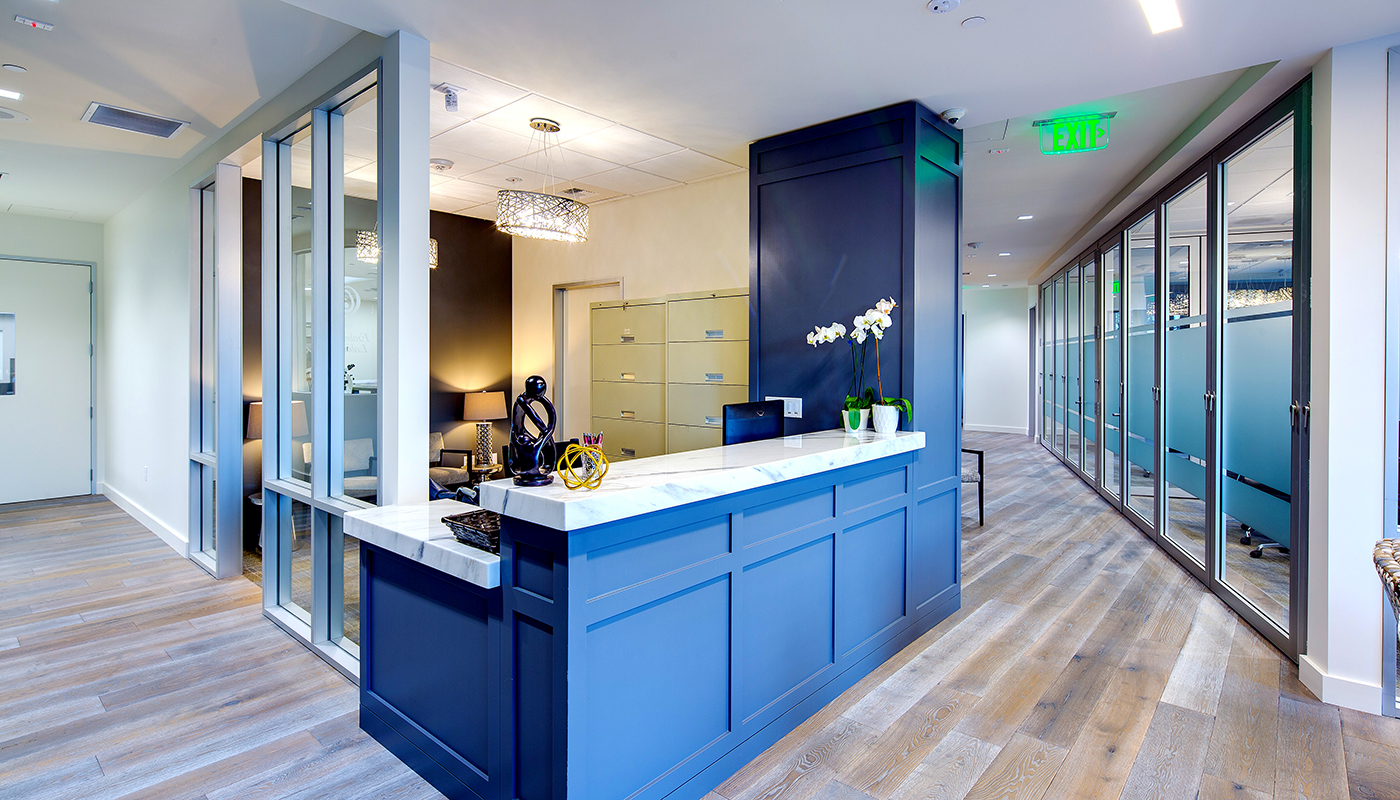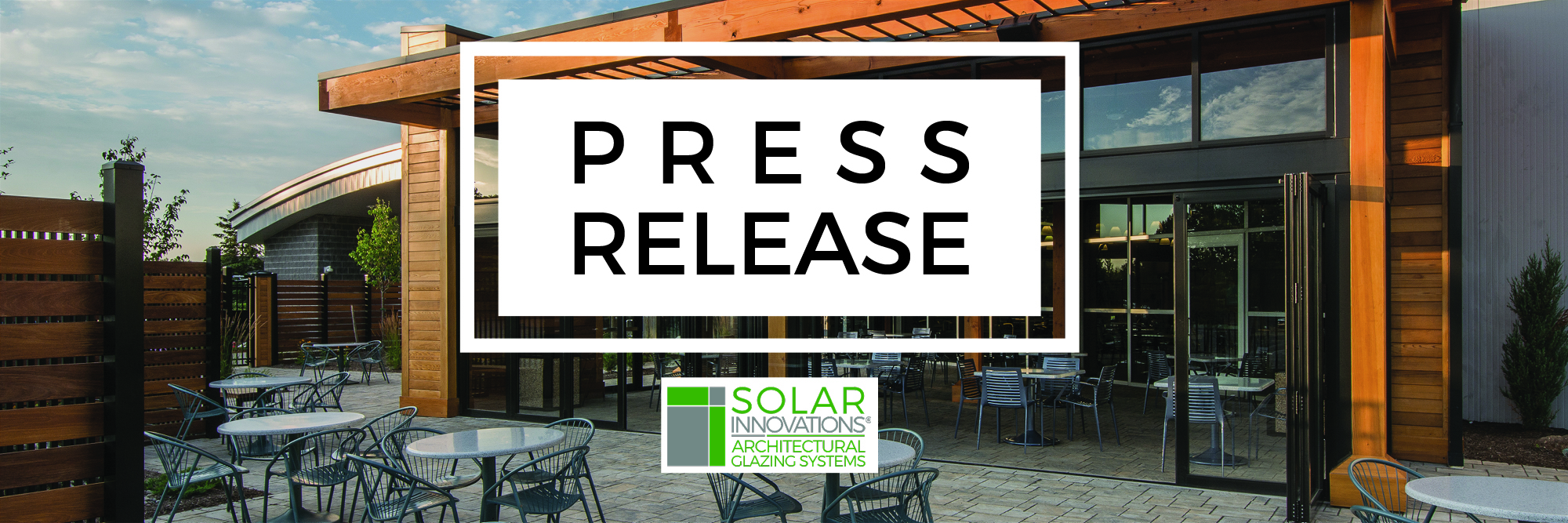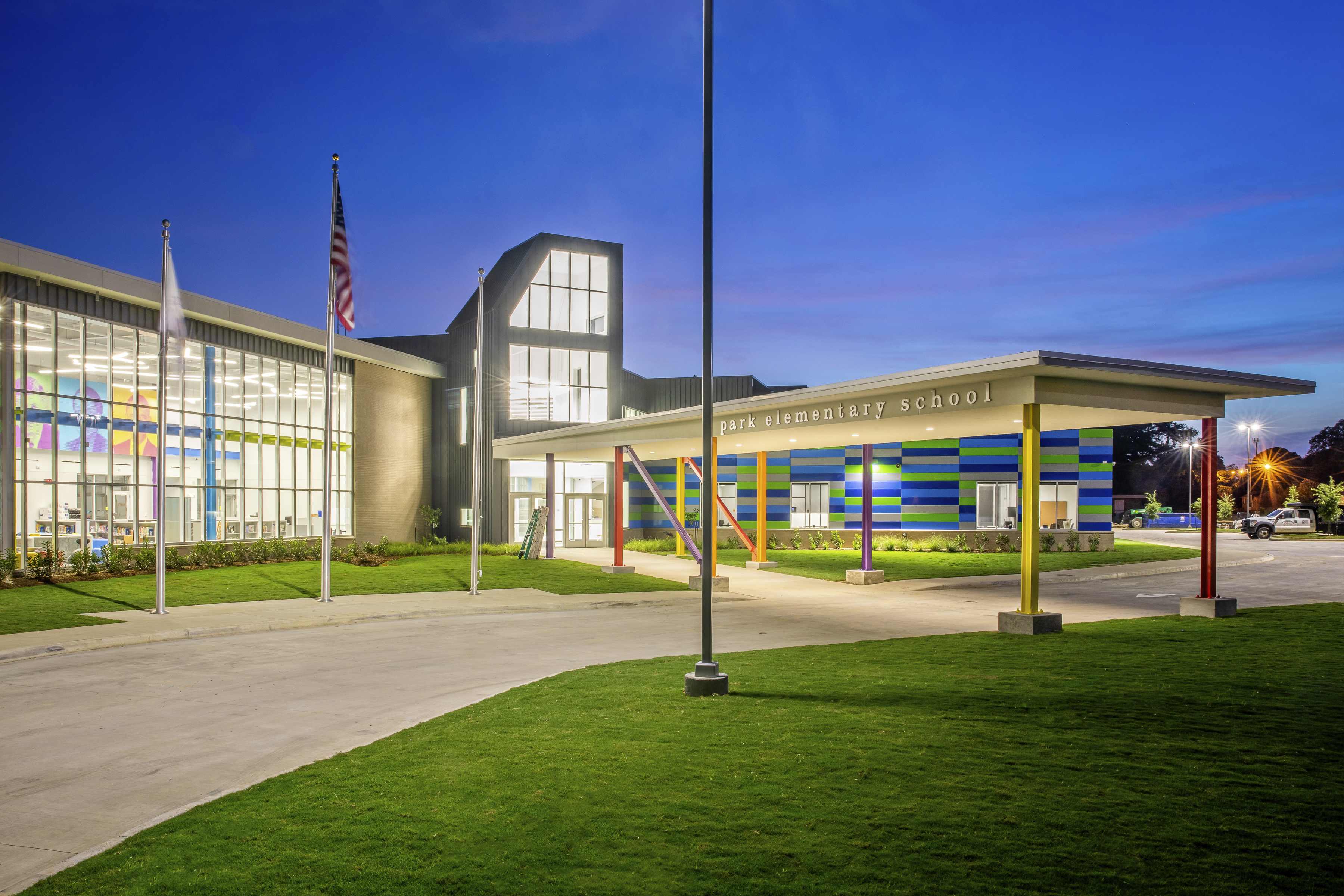Case Study: Divide & Conquer
March 6, 2020
Benefiting from Operable Glass Walls In Office or Medical Spaces. Solar Innovations® was approached in 2015 by a medical office in San Diego, California looking for a way to alter their existing office space. Their goal was to maintain a level of privacy and comfort for their patients, while having the...





